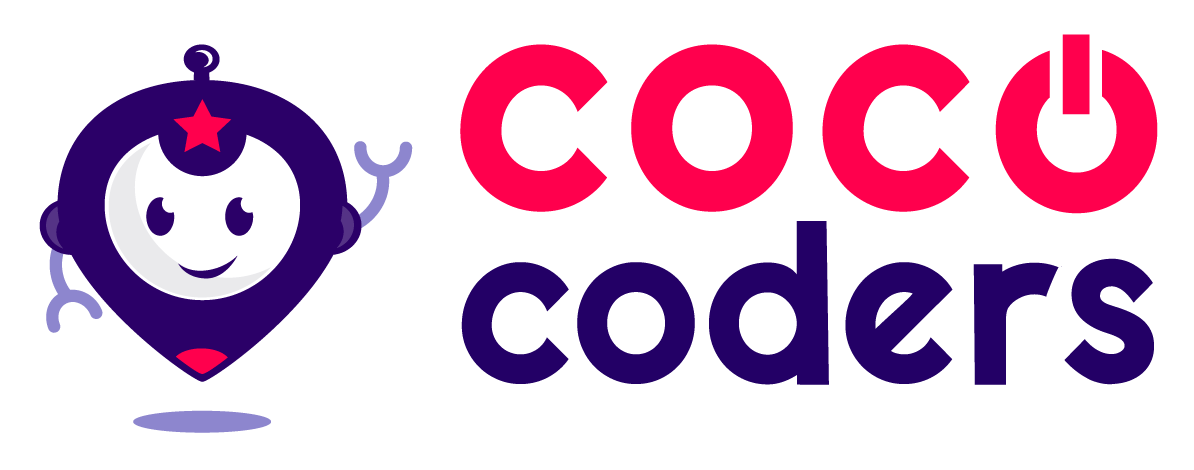What’s the Best Programming Language for Kids to learn: A Guide for Parents
Learning to code at a young age can be a valuable skill that opens up a world of opportunities for your child's future.
Programming not only enhances problem-solving abilities but also fosters creativity and critical thinking. However, choosing the right programming language for kids under 12 can be a daunting task for parents. In this article, we'll explore the best programming languages suited for children, considering their age and learning needs.
Scratch
Scratch is often considered the gold standard when it comes to teaching kids how to code. Developed by the MIT Media Lab, Scratch is a block-based programming language designed specifically for children aged 8 and above. It uses a visual interface with draggable code blocks, making it easy for kids to understand the logic of programming without the need to type complex code.
Younger kids on our weekly coding classes, use Scratch to start their coding journey. Our lessons grow with your child, so we watch a child’s progress closely and adjust their lessons to keep them challenged by just the right amount.
Why Scratch is a Great Choice:
Scratch encourages creativity through visual storytelling, animation, and game development.
It has a large online community with numerous tutorials and resources.
Scratch provides a safe online platform for kids to share their projects and learn from others.
Blockly
Blockly is another block-based programming language that is suitable for children under 12. It is similar to Scratch but offers a different user interface and can be used as an educational tool for various age groups. Blockly can be found in various educational platforms and tools, such as Google's Blockly and MIT App Inventor.
Why Blockly is a Great Choice:
It provides a smooth transition to text-based coding languages as kids grow older.
Blockly is versatile and can be used for creating games, animations, and even controlling physical devices like robots.
It offers an excellent introduction to programming concepts and logic.
Python
Python is a text-based programming language known for its simplicity and readability. While it may seem a bit advanced for very young children, it is a fantastic choice for kids around the age of 10 and older. Python's clean syntax makes it easier for children to understand the fundamentals of coding.
Why Python is a Great Choice:
Python is widely used in the real world, making it a valuable skill for the future.
It can be used for a wide range of applications, from web development to data analysis.
Python is supported by numerous educational resources and courses designed specifically for kids.
Javascript
Javascript is like an exciting adventure novel for older readers. It’s commonly used for creating interactive websites. While a bit more challenging than Scratch or Python, it can be an excellent next step for a child who’s had some coding experience and is ready for a bit more complexity.
In our Coco Coders weekly online coding classes for kids, our older students write JavaScript code in the p5.js web editor. Our lessons grow with your child, meaning that kids progress to JavaScript when we think they’re ready (Some of our students progress to JavaScript at age 9).
Kodu
Kodu is a game development environment designed by Microsoft Research for kids aged 8 and above. It allows children to create their own games using a visual, icon-based programming language. Kodu's user-friendly interface makes it an excellent choice for introducing kids to the basics of game design and programming.
Why Kodu is a Great Choice:
Kodu helps kids understand game design concepts while learning programming.
It encourages creativity and problem-solving through game creation.
Kodu offers a hands-on approach to programming and game development.
Choosing the best programming language for your child under 12 depends on their age, interests, and learning style. Scratch and Blockly are ideal for younger children, as they provide a visual and intuitive way to grasp programming concepts. As kids grow older and become more comfortable with coding, Python and Kodu offer more advanced options to expand their skills.
Remember that the key to successful programming education for kids is to make it enjoyable and age-appropriate. Encourage your child to explore different languages and projects, and most importantly, have fun learning together. With the right guidance and resources, your child can develop valuable coding skills that will benefit them throughout their lives.


